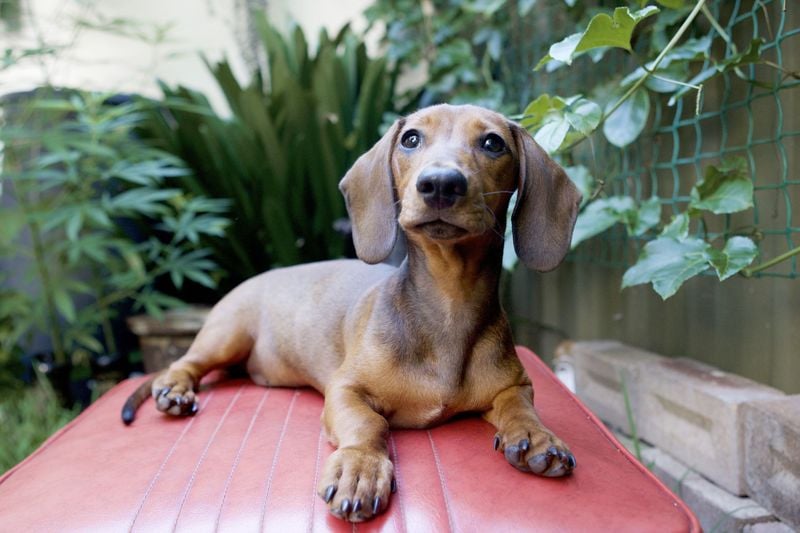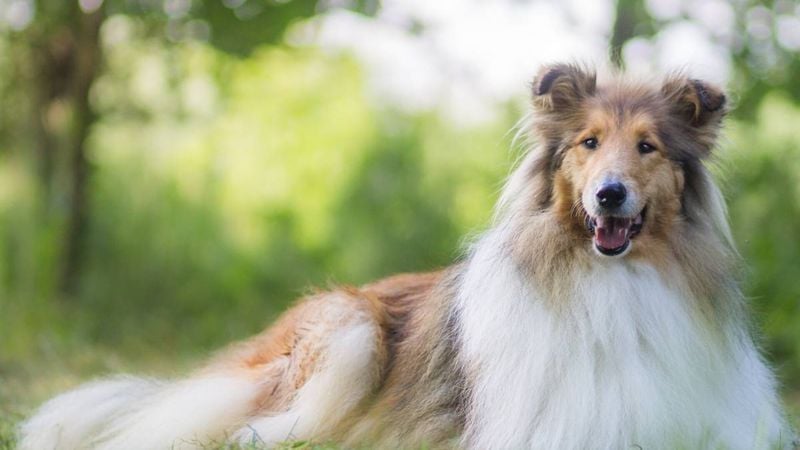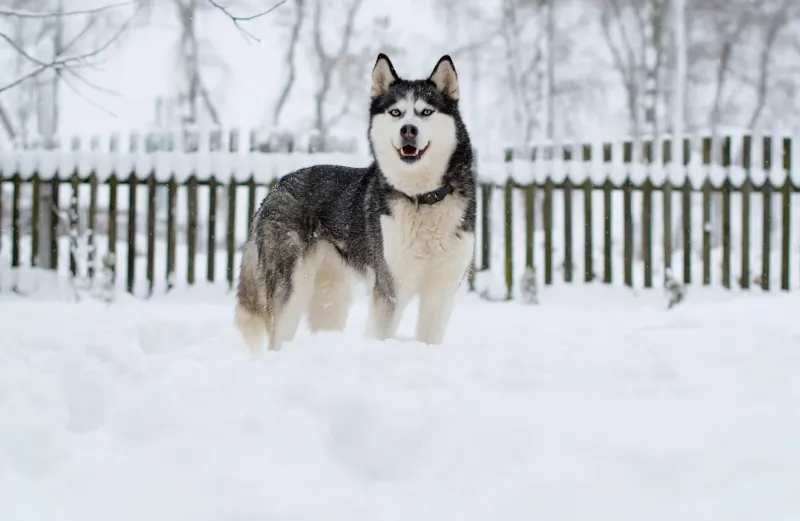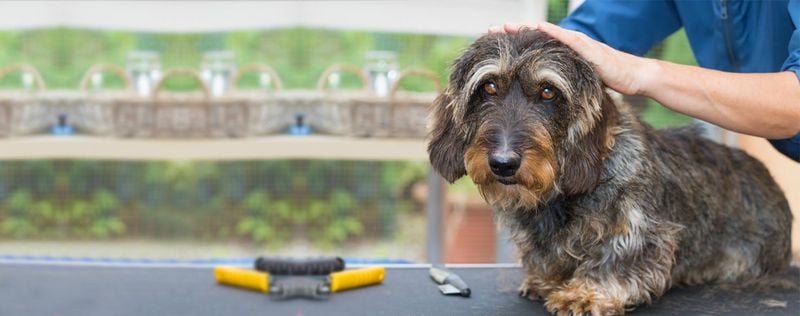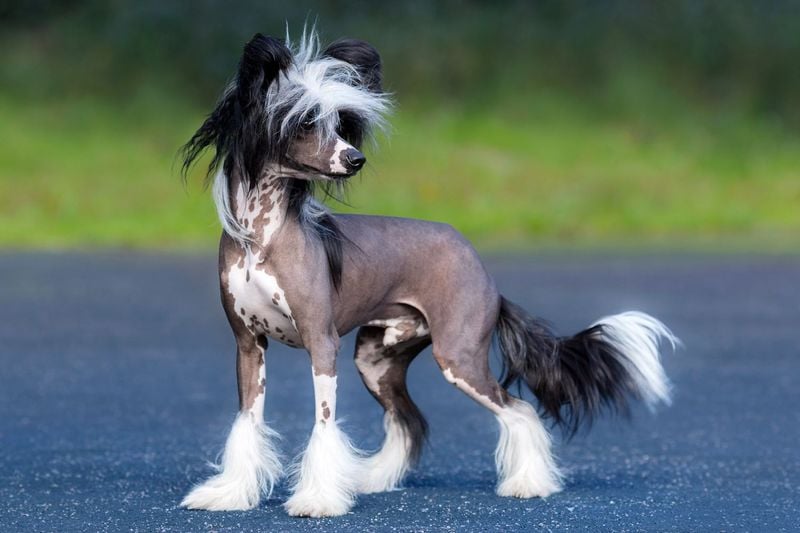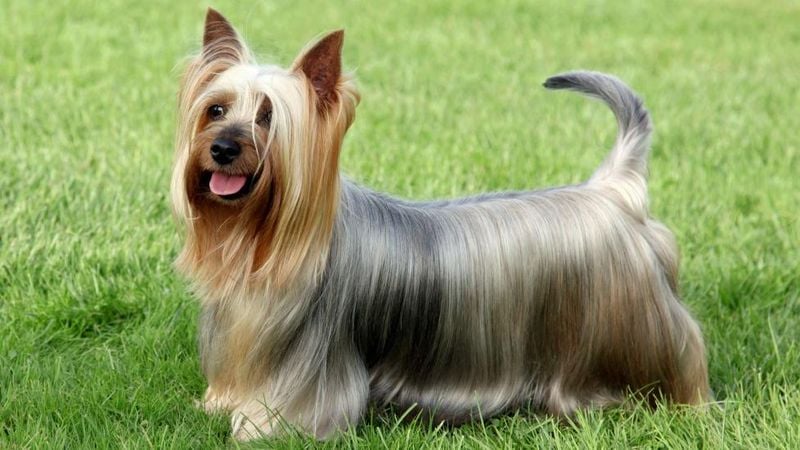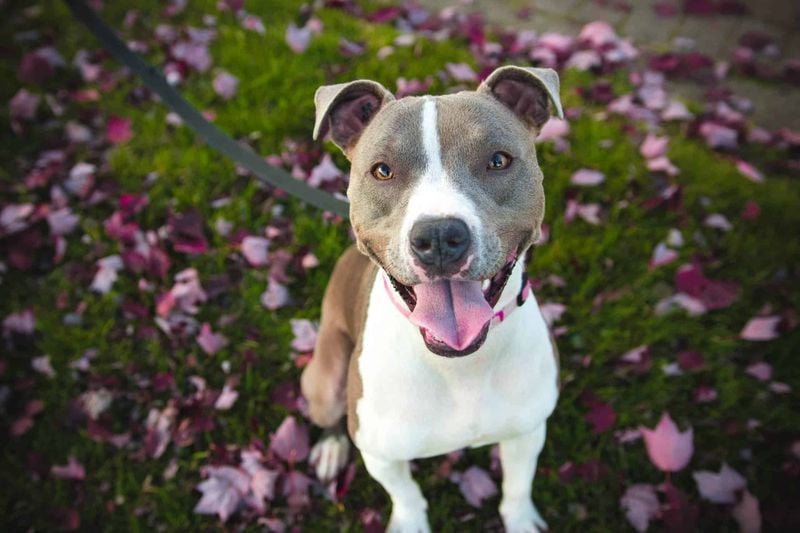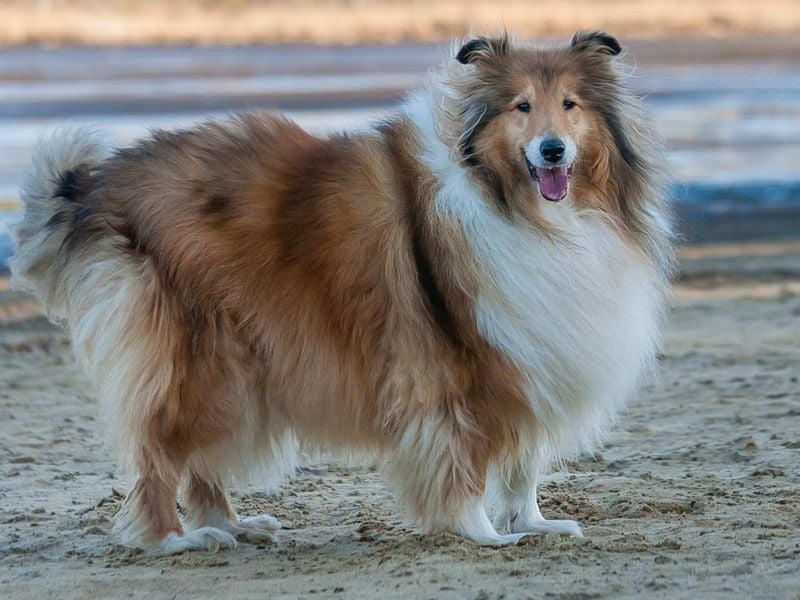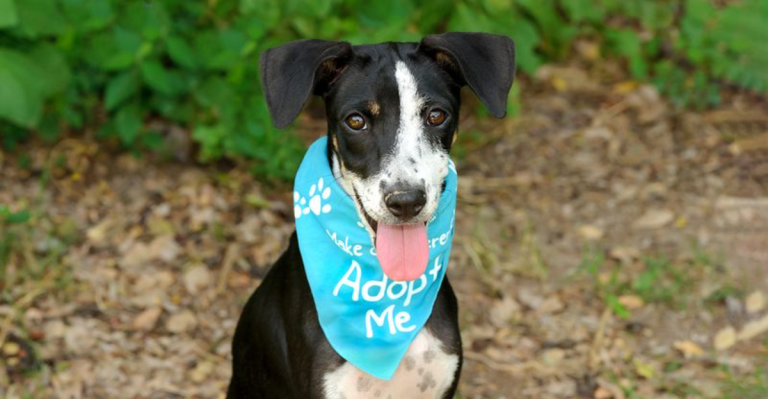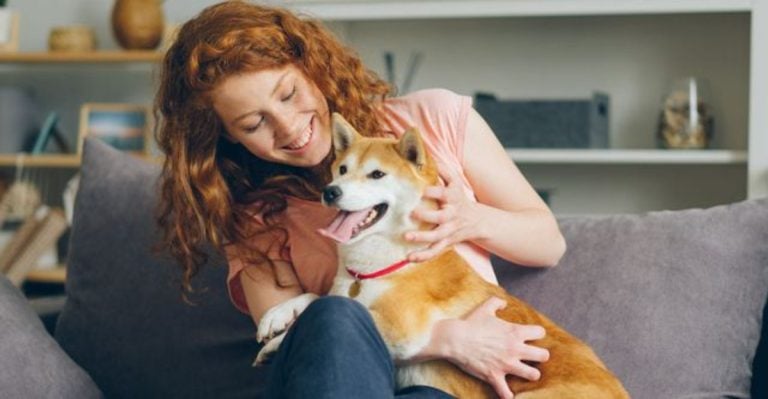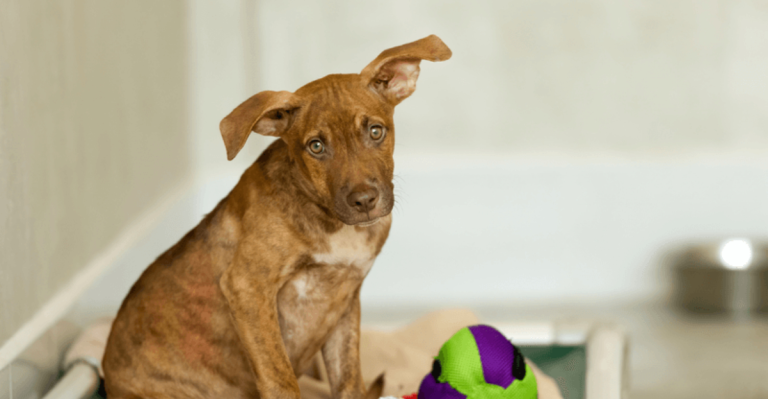The 12 Different Types of Dog Coats and How to Care for Each One
From sleek and shiny to wild and woolly, dog coats come in a dazzling variety of textures, lengths, and needs. And while every pup is perfect in their own way, not every coat is equally easy to care for.
Some dogs require daily brushing just to keep mats at bay. Others are practically wash-and-wear, shedding minimally and needing little more than a bath.
Knowing your dog’s coat type isn’t just about looks—it’s key to keeping their skin healthy, comfortable, and clean. Whether you’re a new dog parent or brushing up on best practices, learning coat care basics can save you time, money, and stress.
In this guide, we’ll break down the most common dog coat types and show you exactly how to keep each one looking its best.
1. Short Coat
Short-coated dogs like Beagles or Boxers are blessed with low-maintenance fur that hugs the body. Their coats don’t mat or tangle easily, and they tend to shed modestly throughout the year. That said, they still benefit from regular grooming.
A weekly brushing with a rubber curry brush or grooming mitt will remove loose hairs and distribute natural oils. These dogs often have more exposed skin, so they’re more susceptible to sunburn and dryness in extreme weather.
Bathing every month or two is usually enough unless they roll in something unpleasant.
Use a gentle shampoo, and avoid over-bathing to prevent stripping essential oils. Wipe them down with a damp cloth after walks to remove dirt and allergens.
Short-coated breeds may also need jackets in colder climates since their fur offers minimal insulation.
2. Long Coat
On the other hand, long-coated breeds like Afghan Hounds or Shih Tzus are undeniably elegant—but they demand effort.
Their luxurious hair is prone to tangles, mats, and dirt accumulation if not groomed consistently. These dogs require daily brushing to stay knot-free.
A slicker brush and a detangling spray work wonders, especially behind the ears and under the legs where mats love to form. You’ll likely need to trim their coats regularly or visit a professional groomer every few weeks.
Baths should happen every two to four weeks, using conditioner to maintain softness and prevent breakage.
Long-haired dogs are also more prone to tracking debris indoors, so foot and belly cleaning might be a daily routine. Long coats look glamorous but require dedication to stay healthy and manageable.
3. Double Coat
Up next, we have double-coated breeds like Golden Retrievers, Huskies, and German Shepherds, which have a soft, dense undercoat beneath a coarser top layer.
This two-layer system insulates them from both cold and heat, making it a brilliant natural defense—but a grooming challenge.
Expect heavy shedding in spring and fall. During those times, daily brushing with an undercoat rake or deshedding tool is vital to prevent tangles and reduce loose fur. Outside of shedding seasons, a few sessions per week are usually enough.
Never shave a double-coated dog—it disrupts temperature regulation and can permanently damage their coat. Regular baths help loosen the undercoat but always dry them thoroughly to avoid mildew or skin irritation.
Grooming these breeds takes time, but it’s crucial for their comfort and skin health.
4. Single Coat
Single-coated dogs like Poodles, Greyhounds, and Maltese lack the dense undercoat found in many other breeds. This makes grooming somewhat easier in terms of shedding, but it also means they’re more sensitive to temperature extremes.
Because they don’t have that insulating layer, single-coated dogs may need a sweater in cold weather and should be protected from sunburn in summer.
Brushing schedules vary—some single-coated breeds shed very little, while others drop hair like confetti.
For breeds like Greyhounds, a weekly wipe-down might suffice. Others, like Maltese, require regular brushing to prevent tangles. These dogs benefit from baths every few weeks using a mild shampoo.
Keep an eye on skin health, as single coats offer less protection from environmental irritants than double coats do.
5. Curly or Wavy Coat
Curly-coated breeds like Poodles, Portuguese Water Dogs, and Bichon Frises have thick, springy curls that rarely shed. While this means fewer hairs on your sofa, it also means these coats need frequent grooming to prevent painful mats.
Brush your curly-haired dog at least every other day, working down to the skin to catch tangles before they set.
Use a slicker brush and comb, and consider a detangling spray for easier handling. Many owners choose to keep curls trimmed short.
Professional grooming every 4–6 weeks is often necessary to maintain health and shape.
Bathe your dog monthly with a gentle cleanser, followed by conditioner to keep curls soft. Be thorough when drying—dampness trapped in dense curls can lead to skin infections if ignored.
6. Wire Coat (Broken Coat)
Dogs like Border Terriers and Schnauzers have rough, bristly hair designed to protect them in harsh environments. This type of coat doesn’t shed heavily, but it requires a specific grooming technique: hand-stripping.
Hand-stripping involves manually pulling out dead hairs to maintain the coat’s texture and color.
If not done regularly, the coat becomes soft, dull, and prone to matting. Some owners opt for clipping instead, but it alters the coat’s structure over time.
Brush these dogs weekly with a slicker or pin brush to keep debris and minor tangles at bay. A bath every couple of months is usually sufficient—wire coats repel dirt fairly well.
If your dog swims often, rinse the coat afterward to remove salt or chlorine buildup.
7. Hairless
Hairless breeds like the Chinese Crested or Xoloitzcuintli come with their own set of unique care needs. No fur means no shedding, but it also means their skin is fully exposed to sun, wind, and irritants.
They need sunscreen or protective clothing when outside to prevent sunburn. In colder weather, a warm sweater is a must. Their skin tends to be dry or acne-prone, so weekly baths with a gentle, fragrance-free shampoo help prevent breakouts.
Moisturizing regularly with a dog-safe lotion keeps their skin supple. You’ll also want to wipe them down after outdoor time to remove dust and allergens.
Because there’s no fur buffer, be mindful of surfaces that might be too hot, cold, or abrasive on their delicate skin.
8. Silky Coat
While stunning, this coat type is prone to knots, especially around the ears, legs, and tail.
Daily brushing with a pin brush helps maintain its sleek appearance and prevent tangles. Unlike wiry or double coats, silky coats don’t shed much but can mat quickly if neglected. You may need to trim the hair around the eyes and paws often.
Baths every two to three weeks keep their coats soft and shiny. Always follow up with conditioner and dry thoroughly to avoid limp or oily hair.
If you’re not comfortable trimming, regular visits to a professional groomer are essential to maintain that elegant finish.
9. Smooth Coat
Smooth-coated dogs like Dobermans, Great Danes, and Dalmatians have fur that lies flat against the skin and feels sleek to the touch. While they’re low-maintenance in terms of brushing, they do shed consistently and can leave short hairs on everything.
A weekly brushing with a rubber curry brush or grooming mitt removes loose hair and stimulates healthy skin. Despite their clean appearance, smooth-coated dogs can develop dandruff or dry patches if their skin isn’t cared for properly.
Bathe them once every month or two, or as needed based on activity level. These coats don’t provide much protection, so keep an eye on skin for signs of irritation or sensitivity to temperature changes. A light jacket may be necessary in cold weather.
10. Rough Coat
Rough-coated breeds like Rough Collies or Shetland Sheepdogs have thick, coarse fur that can be either long or medium in length. These coats offer excellent protection against the elements but can be a grooming challenge if left unattended.
Brush them several times a week using a slicker brush and undercoat rake. Pay special attention to areas behind the ears, under the legs, and along the tail, where mats are most likely to form.
Their coats trap debris easily, especially after outdoor play.
Bathing every four to six weeks helps keep them clean, but ensure the coat is dried completely to avoid mildew or skin issues. Regular grooming isn’t just about looks—it keeps your dog comfortable and helps you spot any hidden skin problems.
11. Corded Coat
Corded coats, like those seen in Komondors and Pulis, are dramatic and rare. These dogs develop long, rope-like cords that form naturally from their dense, curly hair. While they don’t shed much, the cords require very specific and consistent care.
You’ll need to help the cords form properly during puppyhood by manually separating clumps of fur to prevent mats. Once mature, cords need to be monitored closely—trapped moisture or dirt can lead to odor or skin infections.
Bathing is infrequent but time-consuming. You’ll need to soak the coat thoroughly, rinse deeply, and dry for hours (often with fans). Never let a corded dog air-dry fully. This coat type is high-maintenance but undeniably striking when properly managed.
12. Combination Coat
These coats feature different fur textures across the body. Breeds like Golden Retrievers and Spaniels often have shorter fur on the torso and longer, feathered hair on the legs, ears, and tail. Each section needs a slightly different grooming approach.
Brush the longer areas daily to prevent tangles and mats, especially behind the ears and along the belly.
The shorter sections can be brushed weekly to remove dead hair and stimulate the skin. Use a slicker brush for longer areas and a bristle brush for shorter ones.
Bathing every few weeks helps maintain hygiene, but be sure to condition the feathered parts to keep them soft and manageable.
Trim excess fur around the feet and ears regularly. Combination coats require thoughtful grooming—but the result is a tidy, healthy dog.

